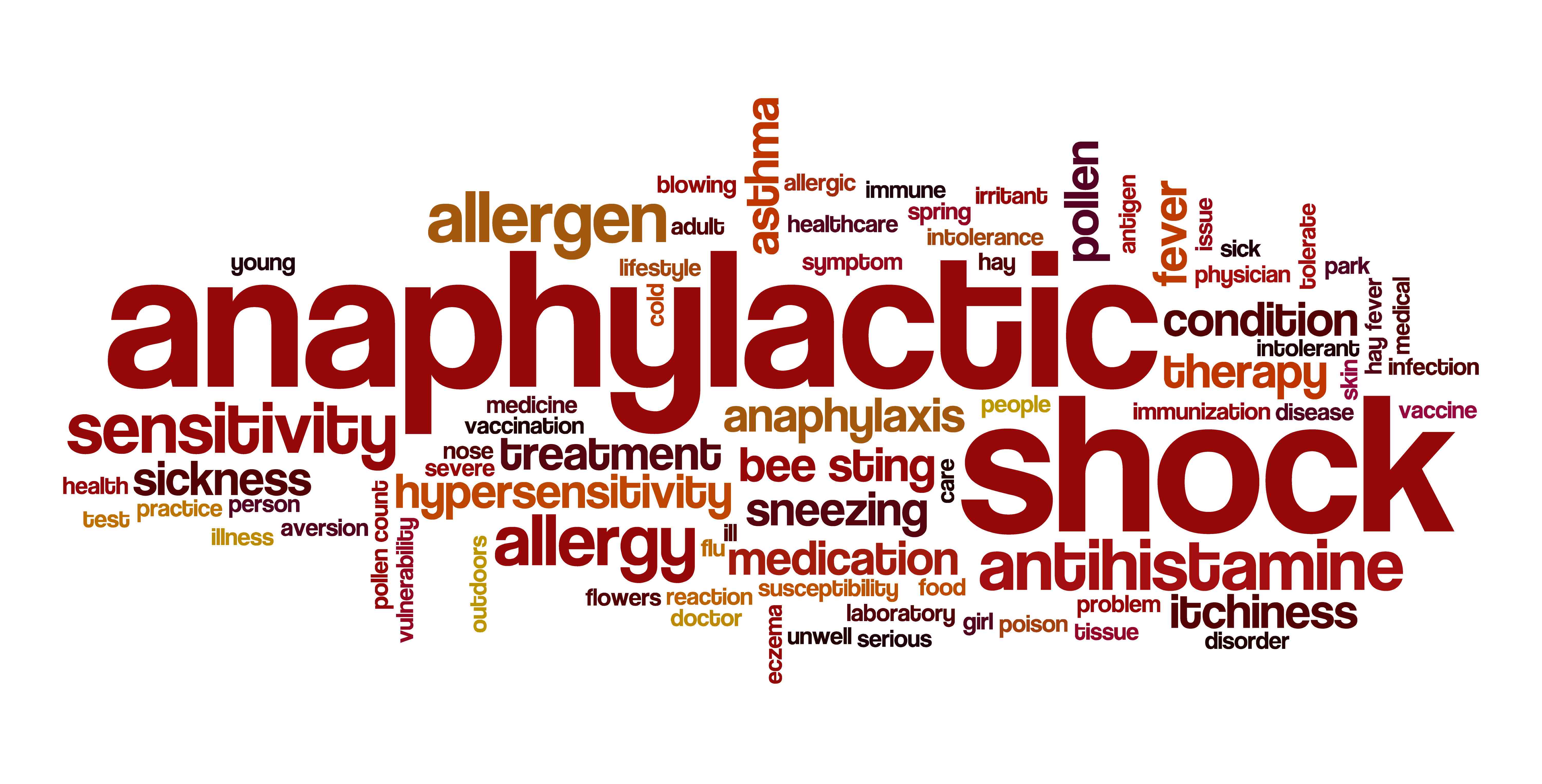The Jext is a type of auto-injector used to treat anaphylaxis. Inside of the Jext is a medicine which is called adrenaline. Adrenaline acts quickly to control the symptoms of anaphylaxis. It narrows the blood vessels so that blood pressure can start to return to normal and also relaxes the lungs and throat so you can breathe more easily.
The Jext auto-injector is not overly common in the U.K, however, it is still used so you should be aware of how to use it. Other common auto-injectors include the EpiPen® and the Emerade. With all auto-injectors, there are instructions down the front. It is always worth making sure you read them, particularly if you’re helping somebody else with their auto-injector. What is special about the Jext is that there are two windows on the front of it. The first one will either be red or green. Red means it is ready to be used, and green means it has already been used. The other window actually lets you see the drug itself. The adrenaline should be clear and colourless. If not, however, then you should not use the unit and get it replaced as soon as possible.
Using the Jext
Even if you already know, quickly read the instructions again, just so that you can remind yourself exactly what’s what. Once you remove the yellow cap, the needle can be fired out of the black end. Grip the Jext firmly in your hand (ensuring that your finger is not over where the needle will come out), and press it into the thigh for 10 seconds. Then remove it and rub the area to allow the adrenaline to diffuse around the area quickly. When administering the drug, make sure that the needle will not go through any thick seams.
A Few Tips
- Lie the patient down with their legs slightly elevated to keep blood flowing. However, if experiencing breathing difficulties, sit them up.
- There is no need to remove clothing to use your auto-injector. Make sure the needle will not hit any buckles, zips, buttons or thick seams on your clothes.
- Unconscious but breathing patients should be placed in the recovery position.
Once the unit has been activated, a needle cover will appear over the needle so you do not accidentally injure yourself. With any anaphylactic emergency, you need to make sure that you have called the emergency services. It’s always a good idea to give the unit to the emergency services. They will then dispose of them correctly. And also, they know exactly what has been given to the patient. If you do end up giving a second dose, then follow exactly the same rules, but make sure that both units are then given to the emergency services.
For more information on training courses, visit our “Courses” page which also includes our First Responder and First Person on Scene (FPOS) Courses.

